Siemens’ power projects rival the great pyramids
 |
| This record-holding power plant will propel Egypt’s power needs far into the future |
A power complex consisting of three gas-fired combined cycle power plants with a capacity of 14.4GW is in its final stages of completion. The ambitious power project, which the Egyptian government signed with Siemens AG, is the biggest project worldwide. This megaproject will, upon completion, help boost Egypt’s power generation capacity by 45 per cent and supply 45 million people out of a population of more than 90 million with reliable electricity.
Setting new world records for the execution of fast-track power projects, scope of supply, and dimension, this megaproject also keeps the record for investment cost, at approximately €8 billion ($8.9 billion). The Egyptian government took out loans to place the order with Siemens on an engineering-procurement-construction (EPC) model.
The investment is extremely large for a country under economic reform like Egypt, but it reflects the strong determination of the Egyptian government and its people to eliminate power shortages in order to boost production and attract investments as well as to industrialise the country.
A comparison can serve to visualise the size and volume of the megaproject: 14.4GW equals more than one third of the total power generation capacity of Vietnam as of the end of 2016 (approximately 39GW), while the electricity output the three gas-fired combined cycle power plants can generate upon completion will be 20 times higher than that of Nhon Trach II power plant. The latter is currently one of the biggest power plants in Vietnam and is powered by Siemens’ technology.
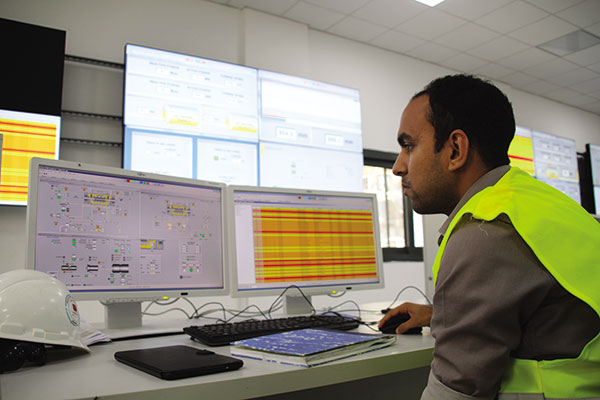 |
| Sophisticated technology is a must in the construction of the three plants |
The revolution of energy
The three power plants, Beni Suef, Burullus, and New Capital, will serve three different regions in Egypt.
Beni Suef power plant is located in the south of Cairo, the capital of Egypt. It has a generation capacity of 4.8GW and will serve the residential demand in the southern Egypt regions, providing electricity to remote and rural villages in these areas as well as supplying energy-intensive industries like cement and metal. The power plant in New Capital will provide electricity to two vital national projects, Egypt’s New Administrative Capital and the Suez Canal. New Administrative Capital is set to host around five million Egyptians. The last one, Burullus, is located in the north of Cairo, adjacent to the Mediterranean sea. The plant is situated to supply the energy-intensive industries in Kafr El Sheikh and Alexandria with electricity. This includes the gas and oil production industry, among others.
According to Thierry Toupin, general manager of Siemens’ Megaproject in Egypt, the project has made great progress. Just 18 months after signing the contract, Siemens has set a new worldwide benchmark for the execution of fast-track power projects. Together with its local partners, Orascom Construction and Elsewedy Electric, Siemens has exceeded the promised goal when connecting 4.8GW to the grid. Upon completion next year, only three years after construction started, the complex of three gas-fired combined cycle power plants will contribute 14.4GW to Egypt’s grid. Equipped with 24 H-Class gas turbines with an efficiency of more than 60 per cent and an output generation capacity of 400MW, these power plants will help save approximately $1.3 billion in fuel costs per year, and prove to be eco-friendly.
What makes this megaproject outstanding are not only the impressive figures, but also the magnificent construction work and machinery installation involved, and this can only be appreciated on-site.
At the construction sites, the outside temperature is usually about 40°C, sometimes as high as 50°C, but that doesn’t stop more than 20,000 people from working diligently and efficiently in order to keep the promise to nearly double Egypt’s electricity production within just three years.
The weather and geographic nature are two challenges that need overcoming.
At Beni Suef, massive excavation works were necessary to prepare the site, leading to the removal of around 1.75 million cubic metres of rocks. This is equivalent to the volume of the smaller Pyramid of Giza, which took the ancient Egyptians 23 years to complete.
At the New Capital site, Siemens developed customised solutions (never before implemented in Egypt) to meet the challenging conditions at the sites, such as the application of the air cooled condenser technology to compensate for the lack of water sources.
The Burullus site is considered one of the most complex construction sites worldwide due to its geographic nature combined with the tremendous magnitude of work done in parallel. Hence, the plant is considered a benchmark for modern turnkey power plant construction.
“Despite the saline soil, we managed to execute the project in only 18 months. Typically, a project with similar technical challenges would take up to 1.5 years for soil preparation alone, without any erection of technical equipment”, said Toupin.
More than 1.6 million tonnes of equipment was transported from all around the world. 1,762 suppliers worldwide, including 781 local suppliers and subcontractors, participated in this project.
And much more
“This is a unique project in the history of Siemens”, Emad Ghaly, CEO of Siemens Egypt said to about 50 visitors from 19 countries who were present at the sites’ inaguration. Apart from these three power plants, Siemens will provide 12 wind farms for the Gulf of Suez and the western region of the Nile, including around 600 wind turbines with a capacity of 2GW. Concurrently, a blade manufacturing facility is being constructed in Ain Soukhna, which will create jobs and training opportunities for about 1,000 people. This facility is expected to be operational in the second half of 2017.
Siemens is also constructing a training centre in Egypt. Once completed, the approximately 2,000-square metre facility, which will be built in the Ain Soukhna area, will train 5,500 selected technicians and engineers over four years. They will be trained in advanced skills such as operation, maintenance, and repair in the energy sector, in addition to a vast range of cross-industrial electrical and mechanical trades, automation and control, and mechatronics, as well as other areas important to the Egyptian economy.
To transmit the electricity generated by the three power plants to Egypt’s power grid, Siemens and Elsewedy Electric signed a contract with the Egyptian Electricity Transmission Company for the design, engineering, supply, and installation of six substations, which are located in the cities of Maghagha, Etay El-Baroud, Banha, Wadi El-Natroun, Assiut and Kafr El Zayat.
Out of the six contracted substations, Siemens has already successfully put three into operation. The three substations, Maghagha, Etay El-Baroud and Kafr El Zayat were ready for operation within ten months from signing of the contract.
Emad Ghaly, CEO of Siemens Egypt, said: “This is a major achievement for our country and our people. I am proud that the Siemens team was selected to contribute to this success. With these projects, we provide an essential contribution to stabilise both the energy supply and the economy in our country, which has an outstanding importance for the whole Middle East region and Africa.”
“This project concept could also be applied in Vietnam. You can bring in H-Class technology in a combined-cycle configuration and at really high efficiency – more than 60 per cent – you could completely cope with the demand for electricity in Vietnam”, he said.
Egypt is still soaked in sun and the overwhelming colours of the desert sand. Apart from this homogeneity, only the Nile and its banks are dyed green, like a colourful thread crossing the desert. However, the country has been revitalised with these new giant plans in energy, and with the emergence of red and white chimneys from the newly built combined cycle power stations.
Egypt is famous for its giant pyramids, but it’s now even more famous thanks to its megaprojects with the largest gas-fired combined cyle power plants ever built and operated in the world.
What the stars mean:
★ Poor ★ ★ Promising ★★★ Good ★★★★ Very good ★★★★★ Exceptional
Latest News
More News
- New Hope ceases Binh Dinh pig-breeding project (April 19, 2024 | 18:34)
- Localities get ready for fourth FDI boom (April 19, 2024 | 16:41)
- Japanese retailer Takashimaya to advance project in Hanoi (April 19, 2024 | 11:31)
- Carmakers go it alone on e-vehicle charging solutions (April 18, 2024 | 14:00)
- Need is urgent for e-vehicle charging infrastructure (April 18, 2024 | 11:00)
- Chinese electric vehicle names remain in pole position of market expansion efforts (April 18, 2024 | 09:00)
- Industrial parks within Vietnam keen on Taiwanese investment (April 17, 2024 | 23:00)
- Vietnam can emulate Taiwanese high-tech success (April 17, 2024 | 21:00)
- Capital influx from Taiwan builds up steam in Vietnam (April 17, 2024 | 19:00)
- Chip industry taking on new players (April 17, 2024 | 16:38)

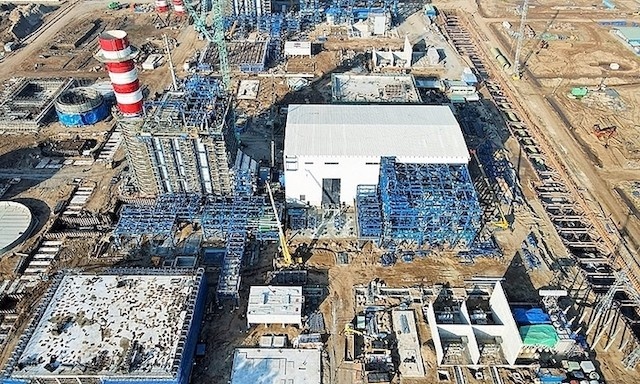

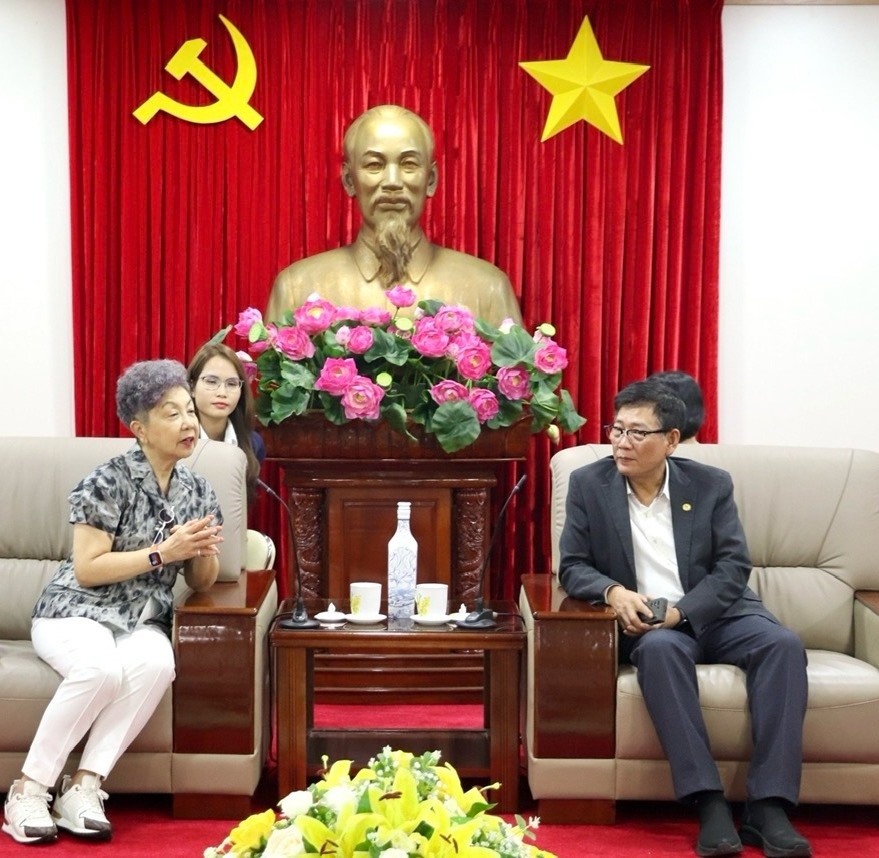

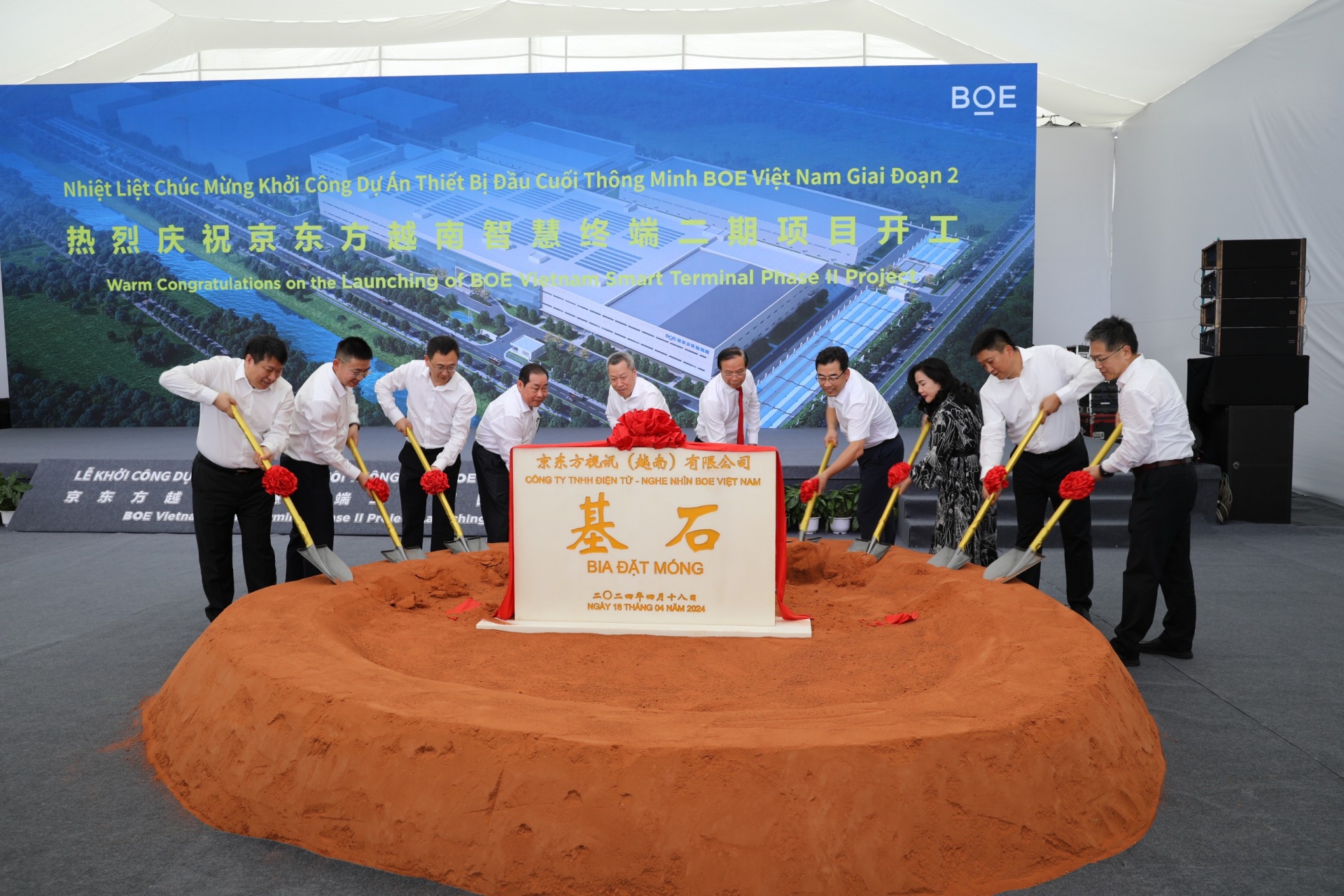
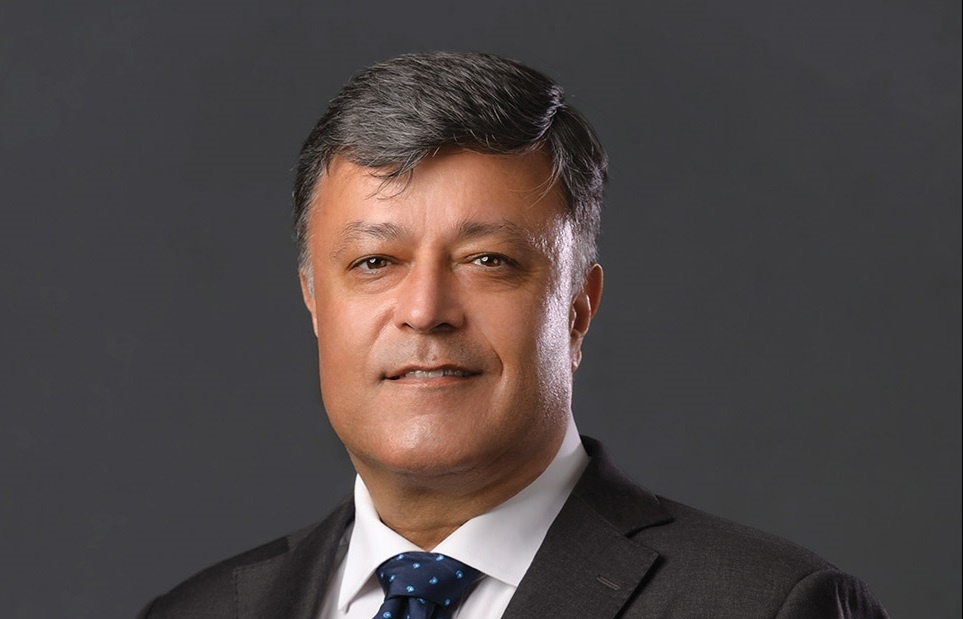


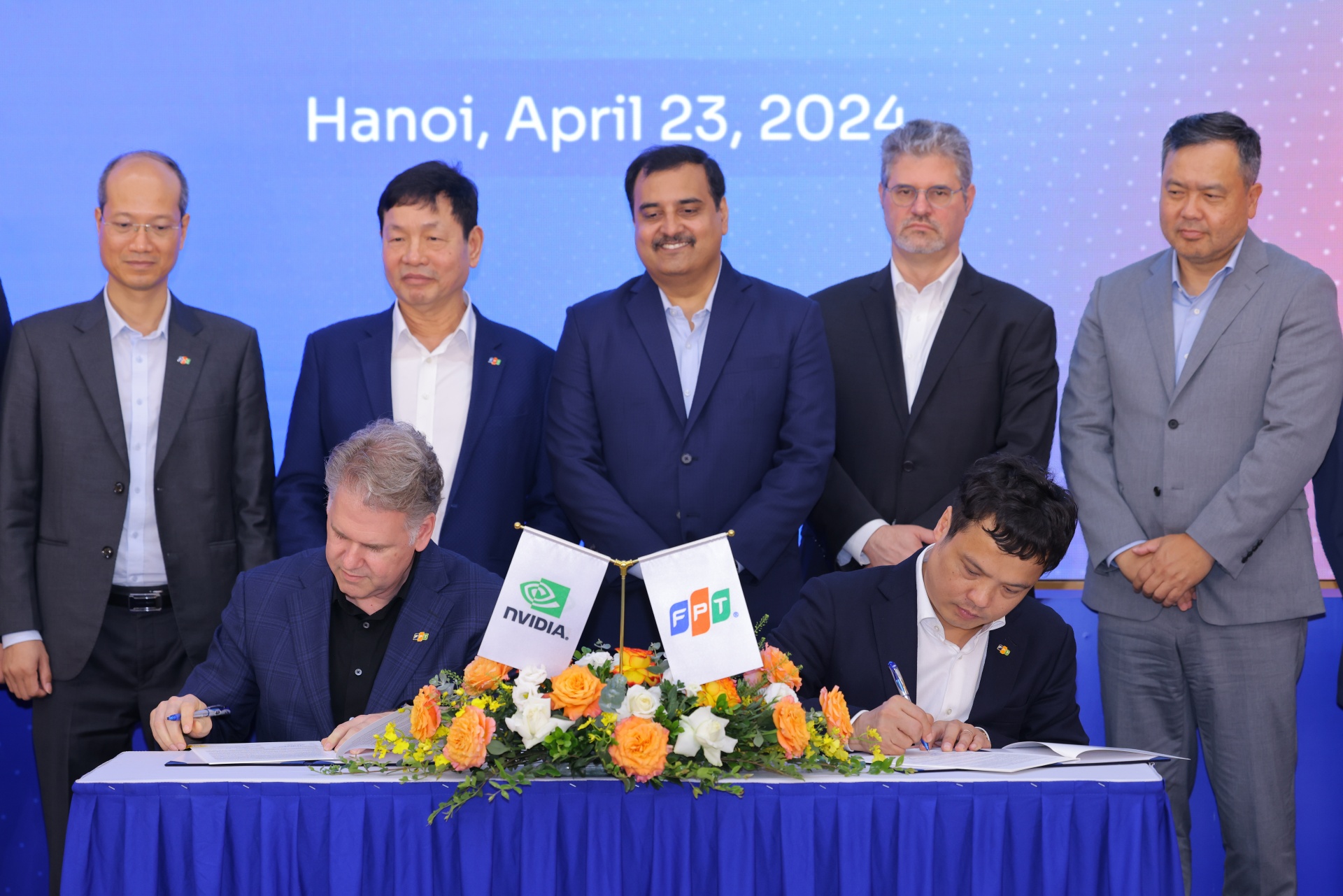
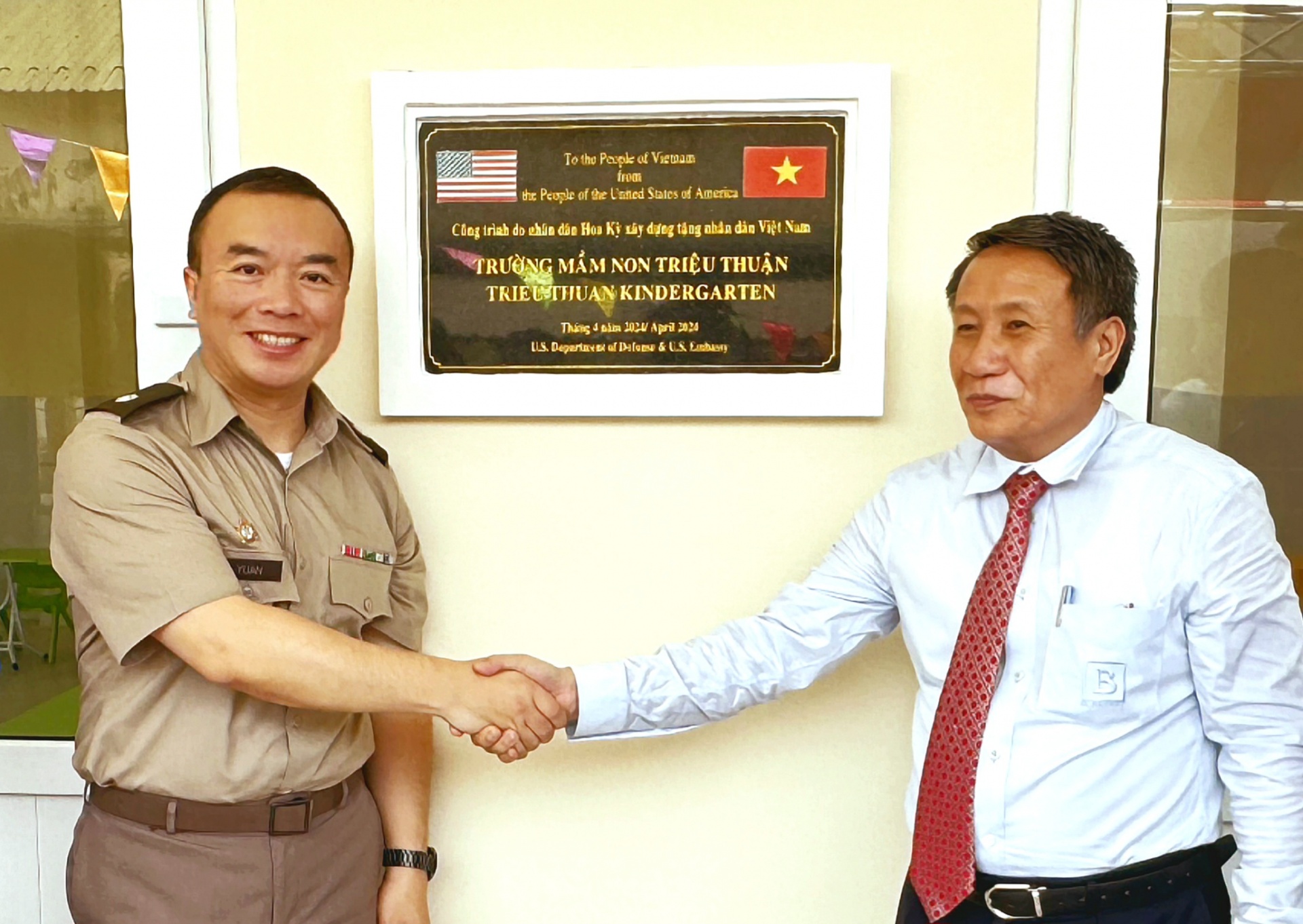




 Mobile Version
Mobile Version